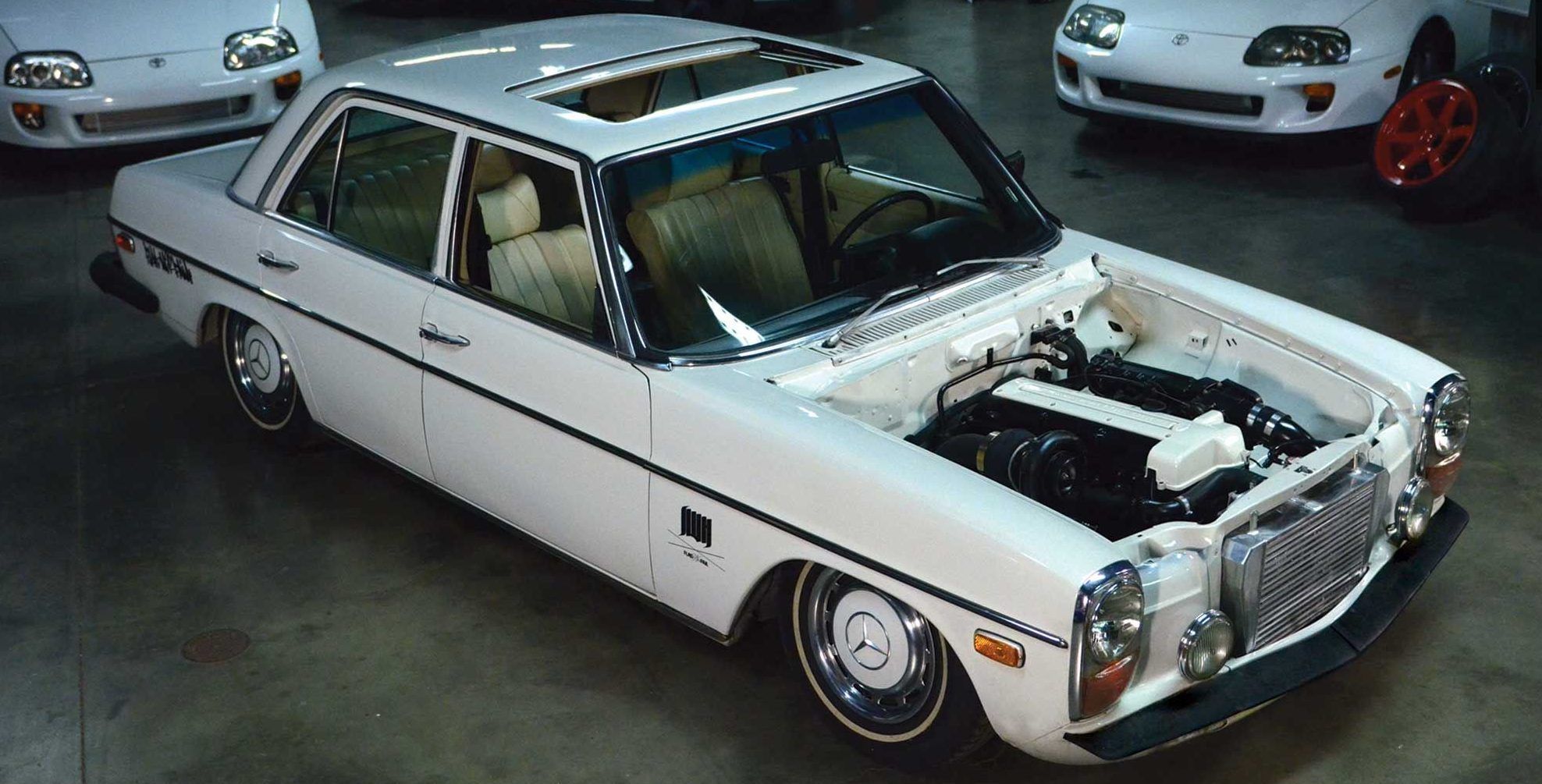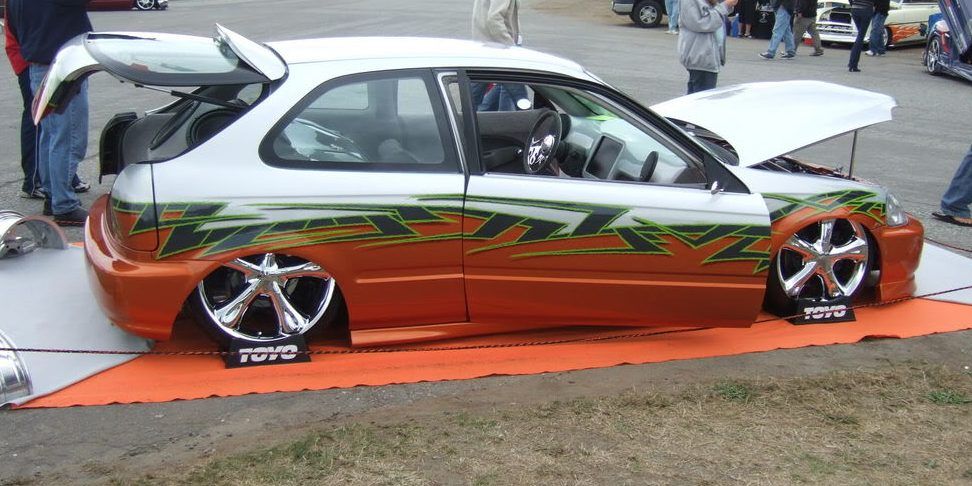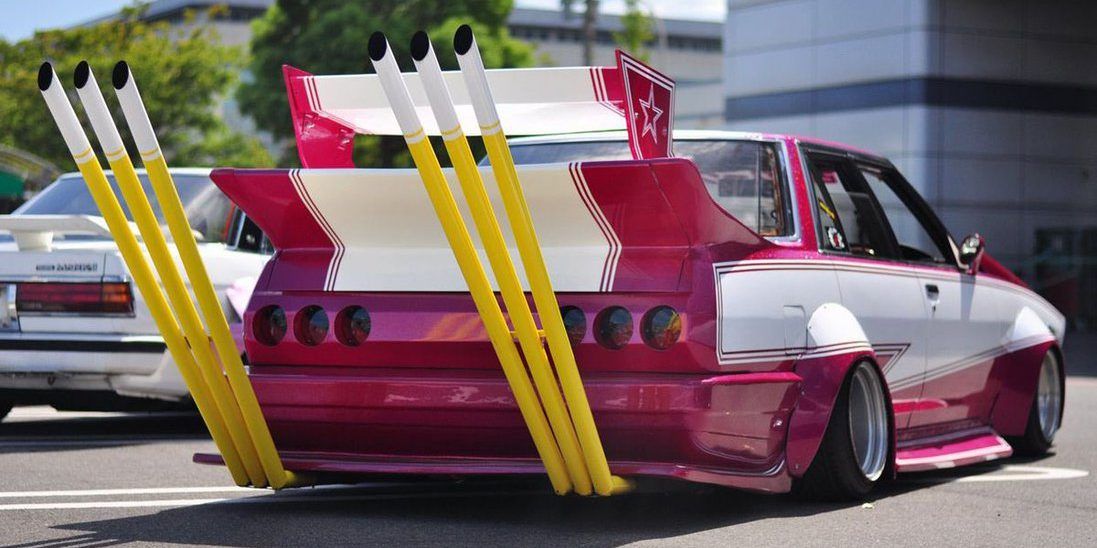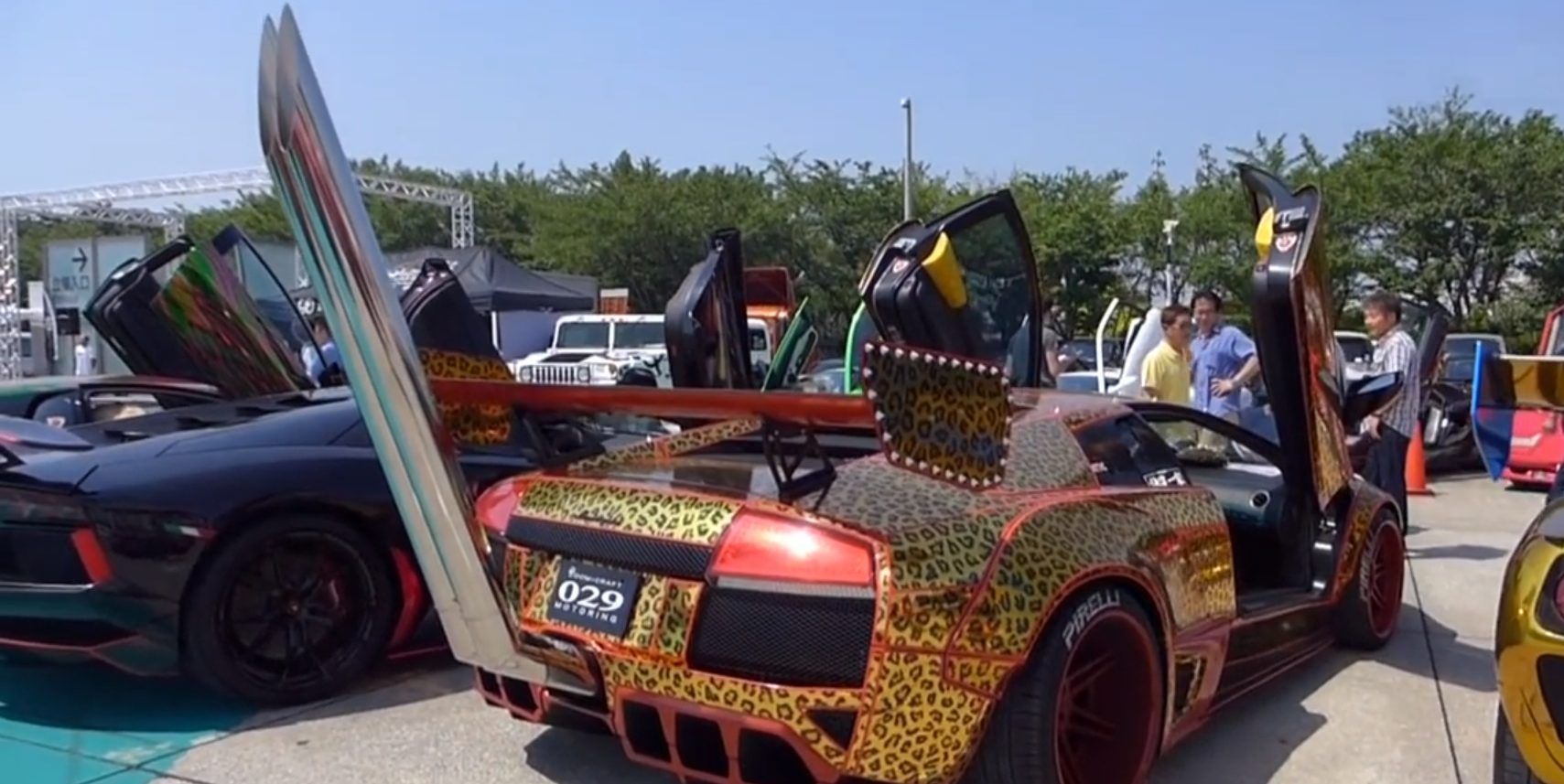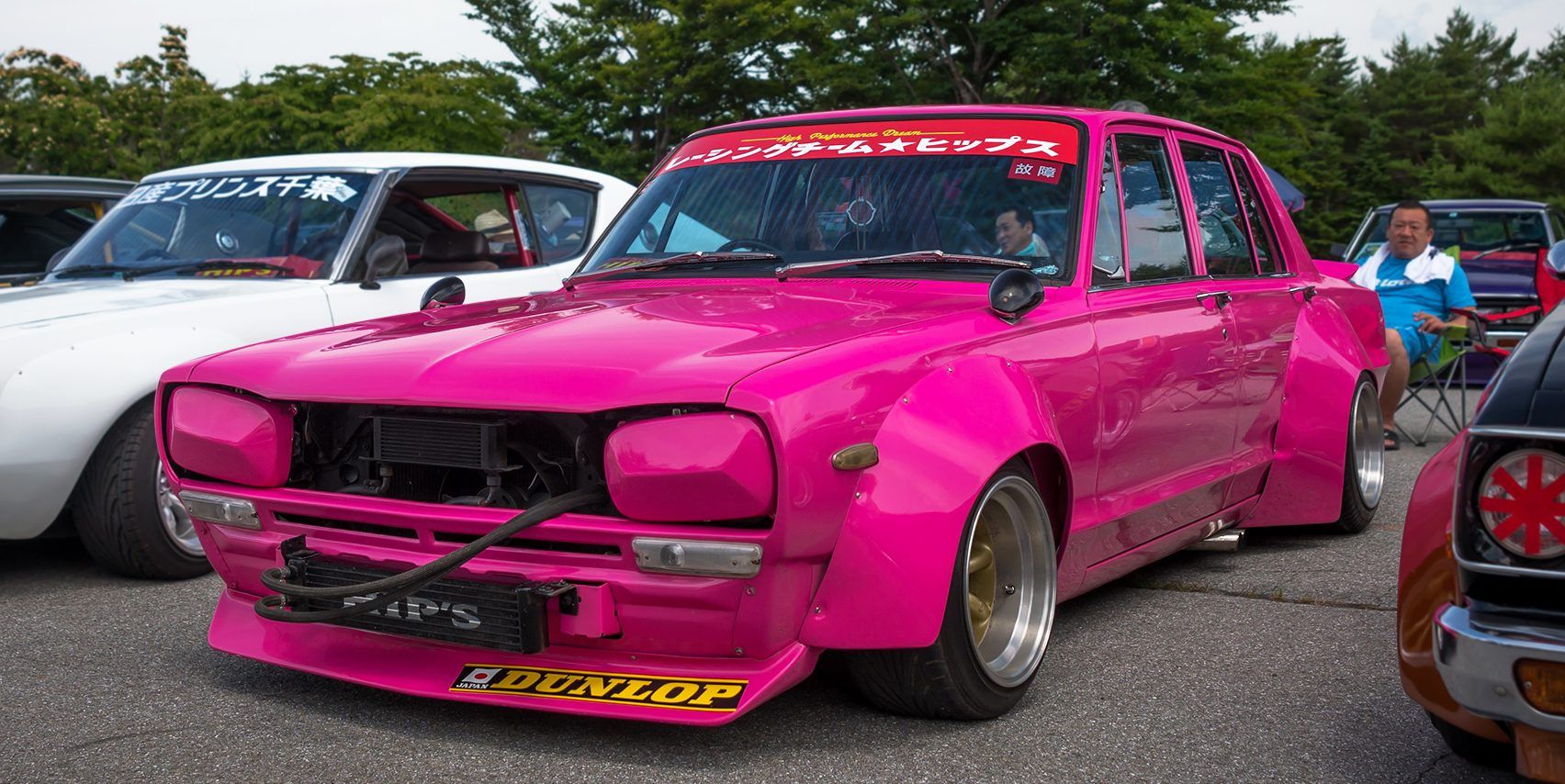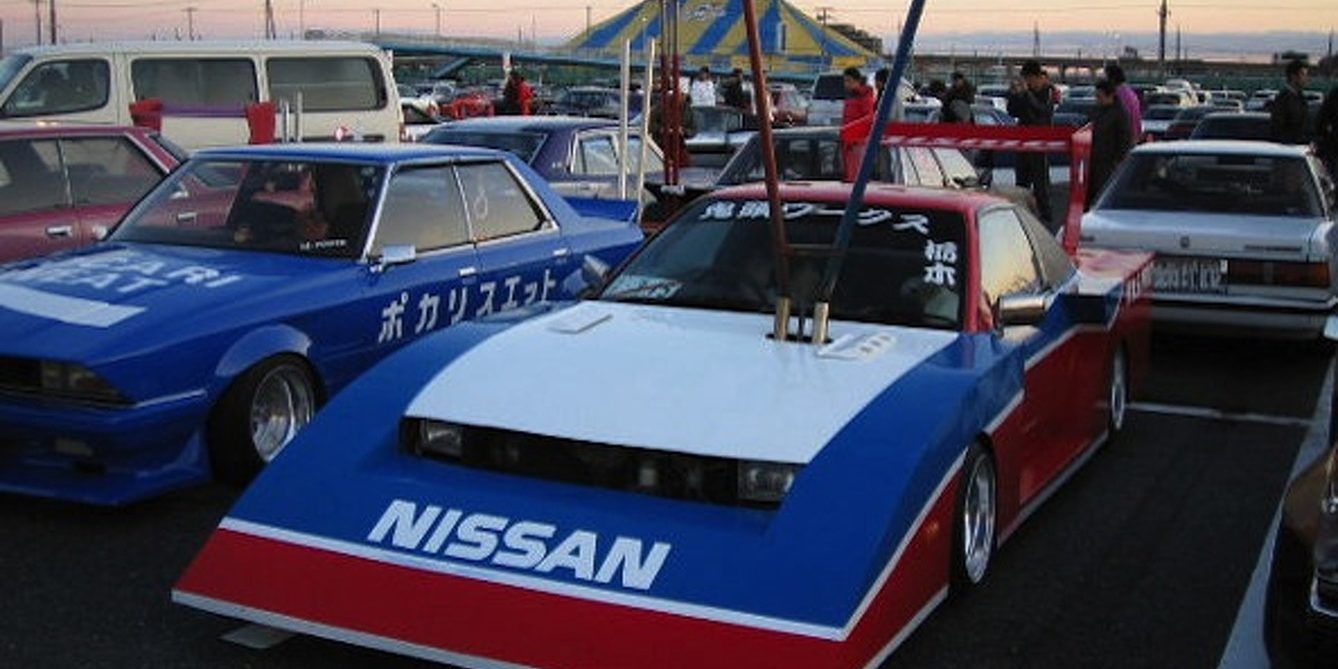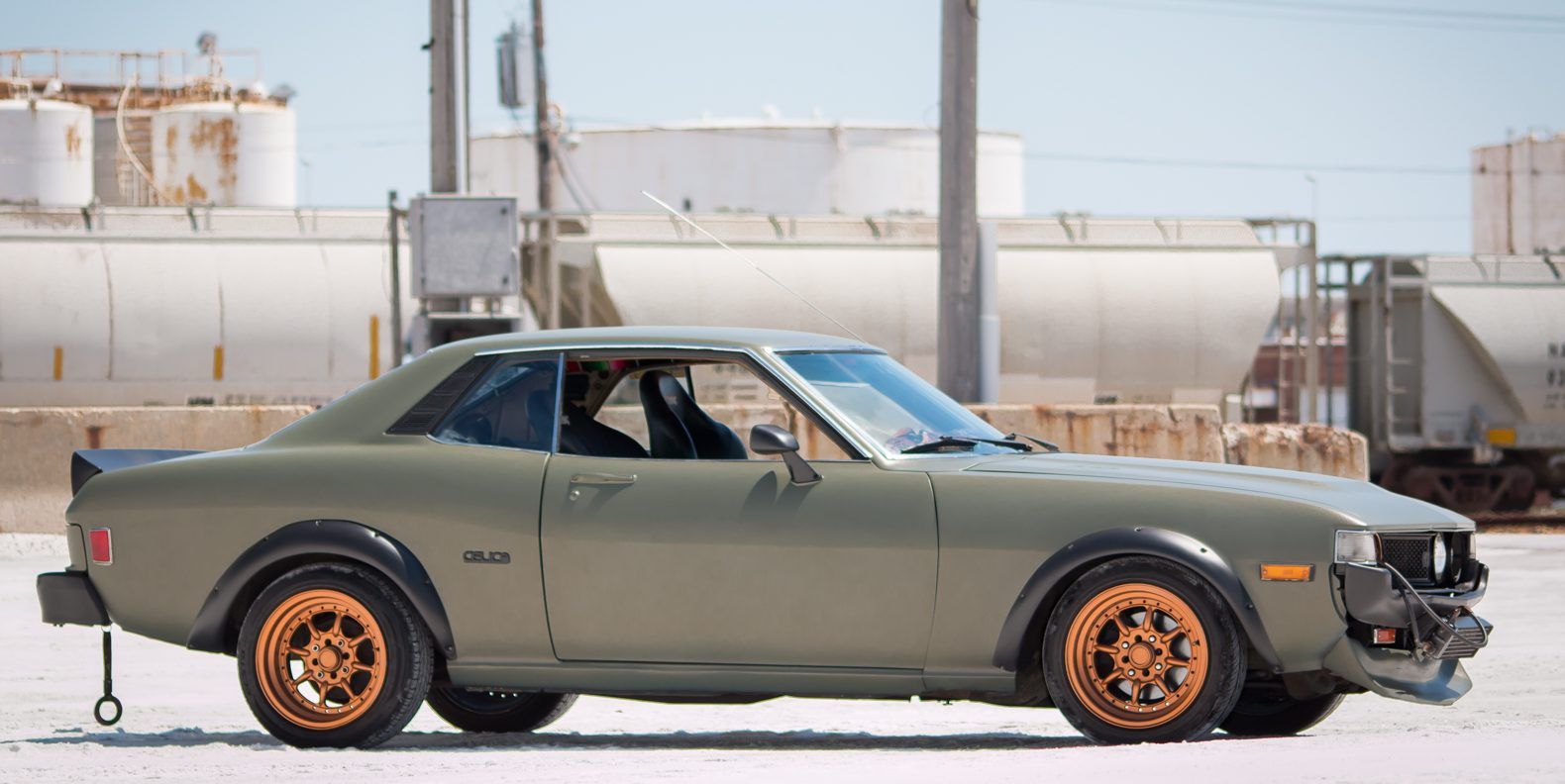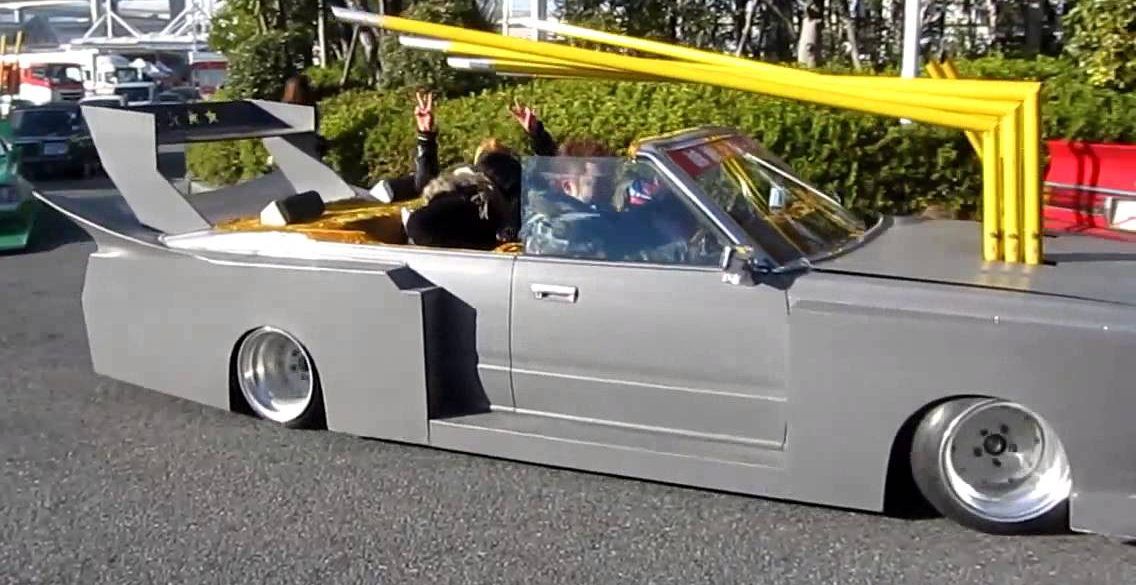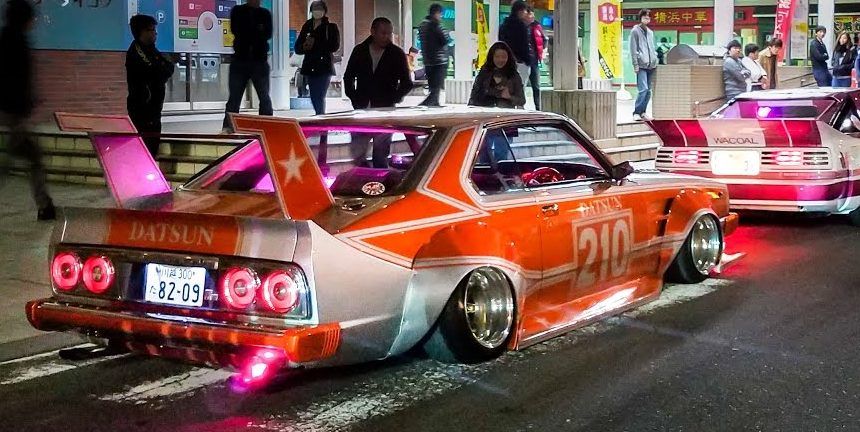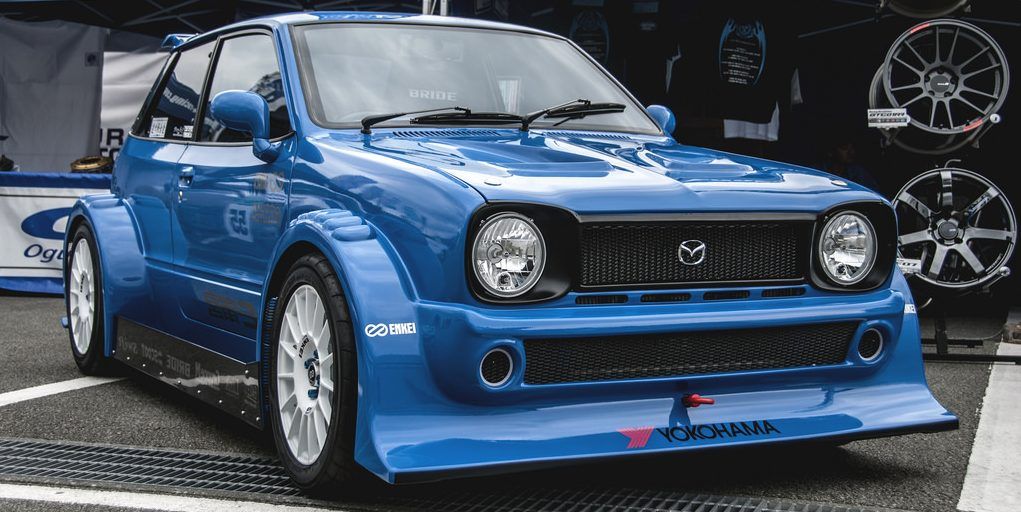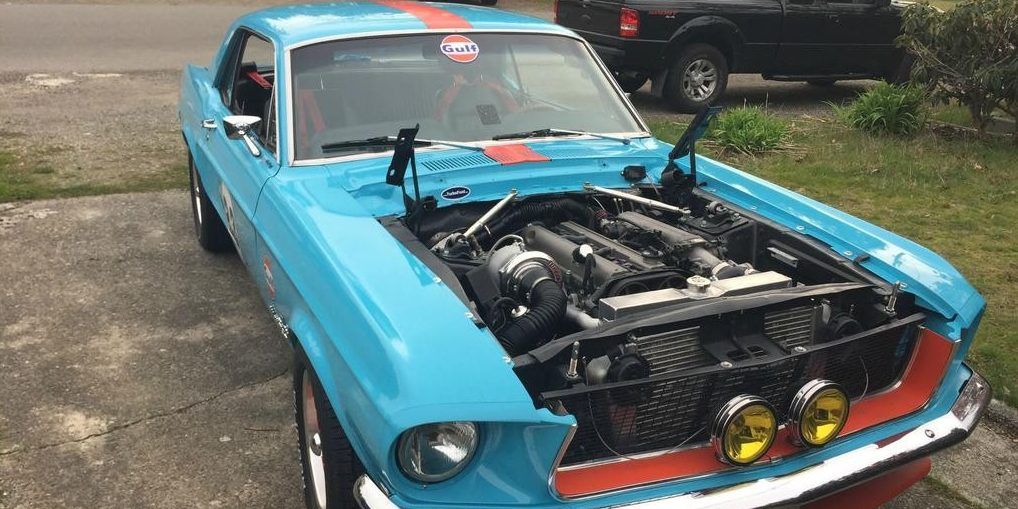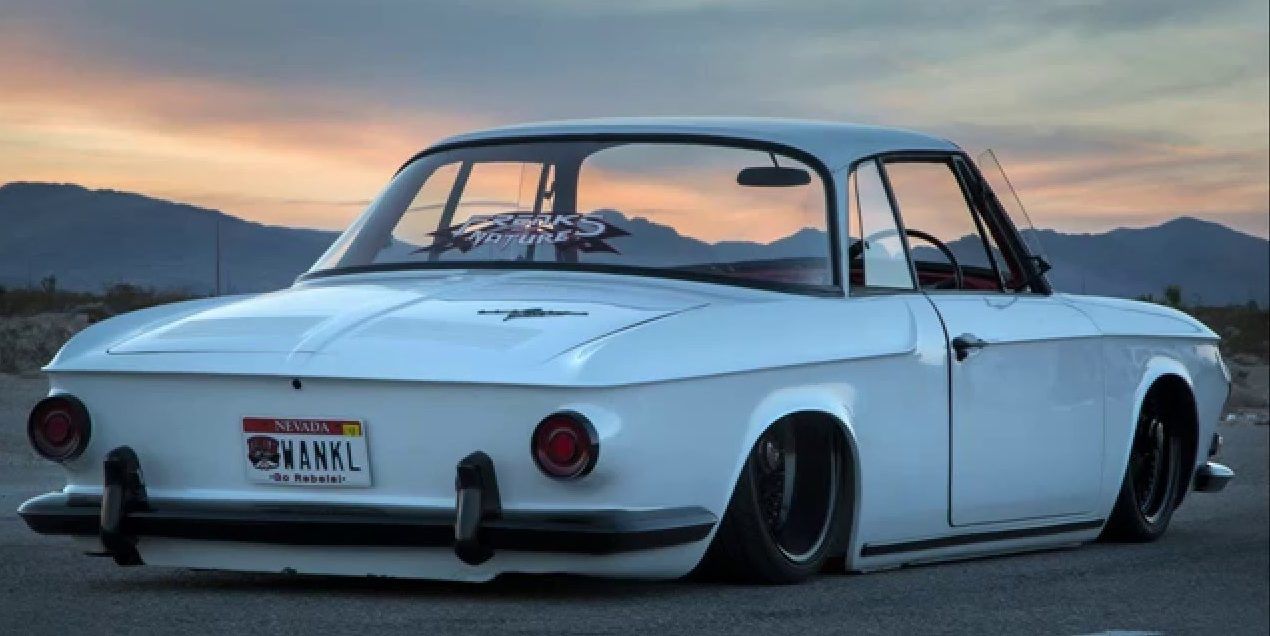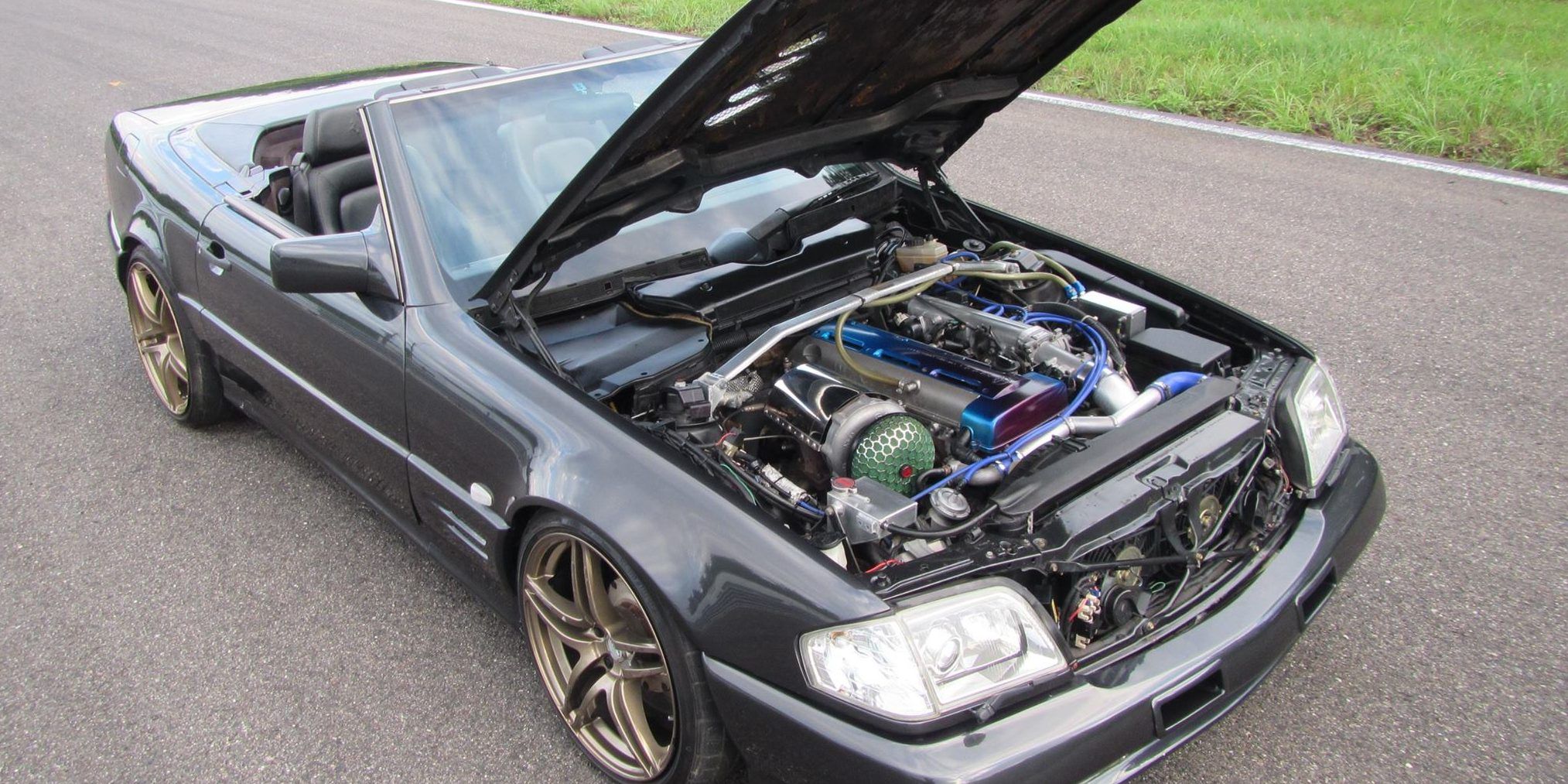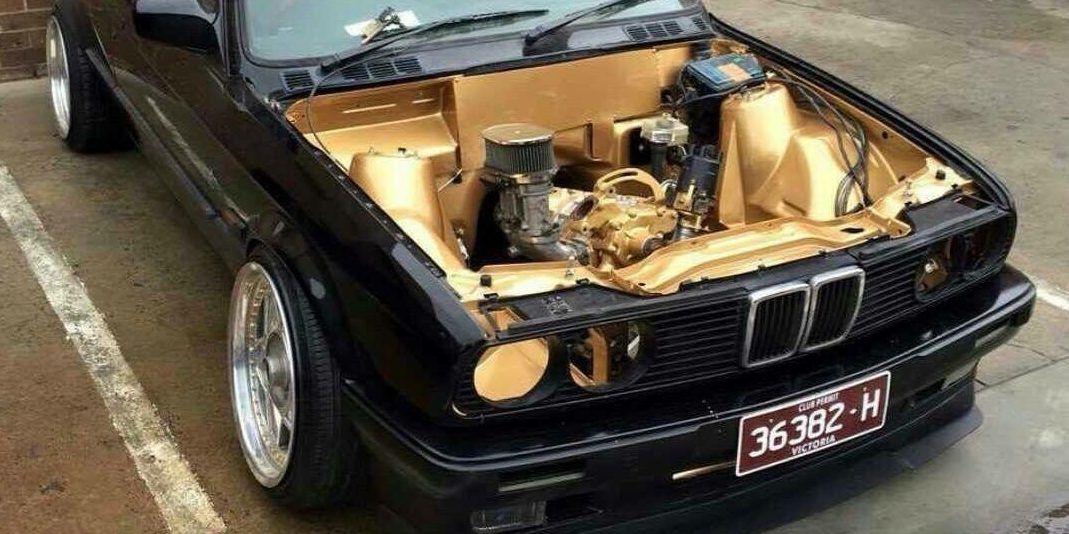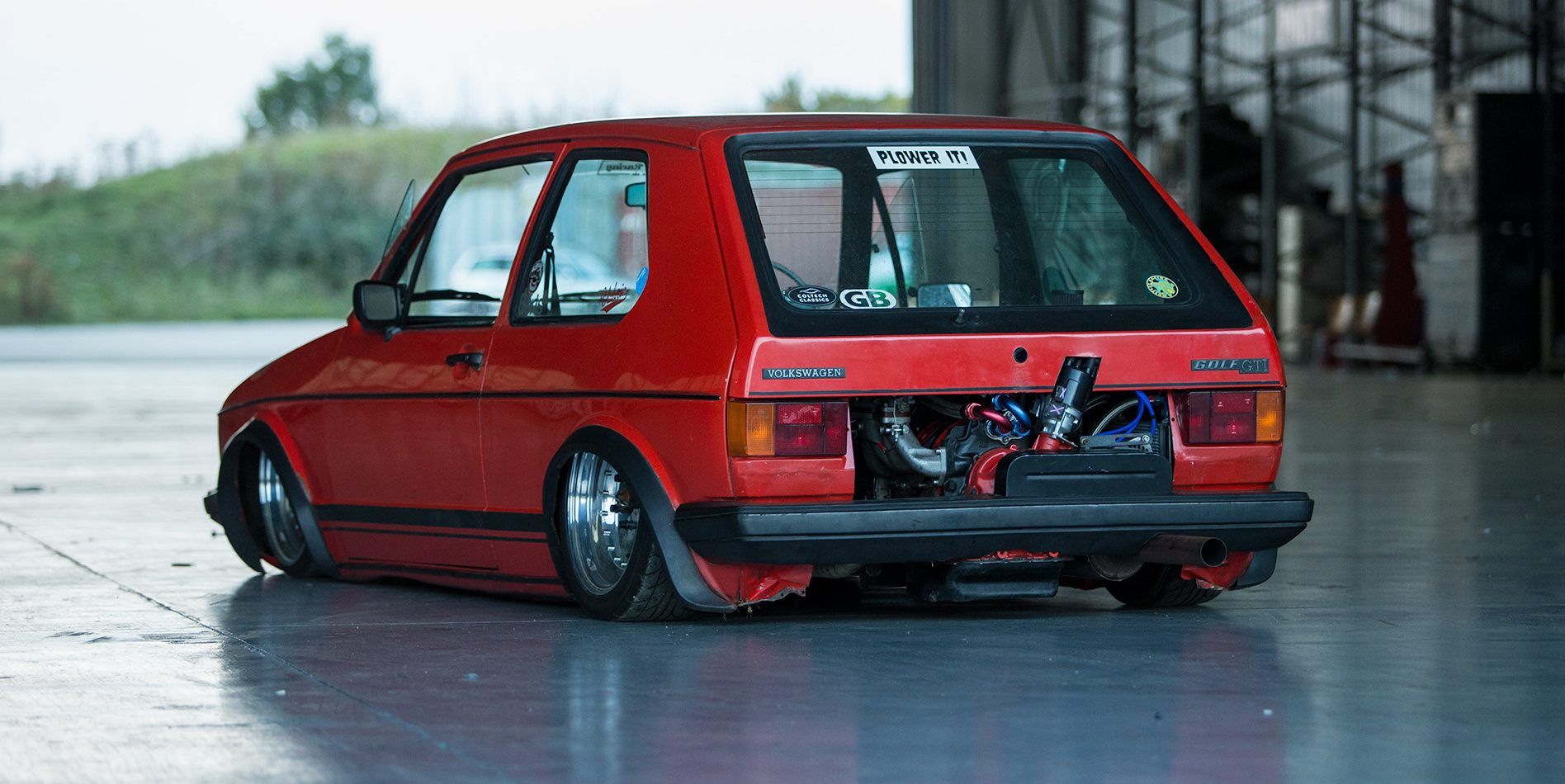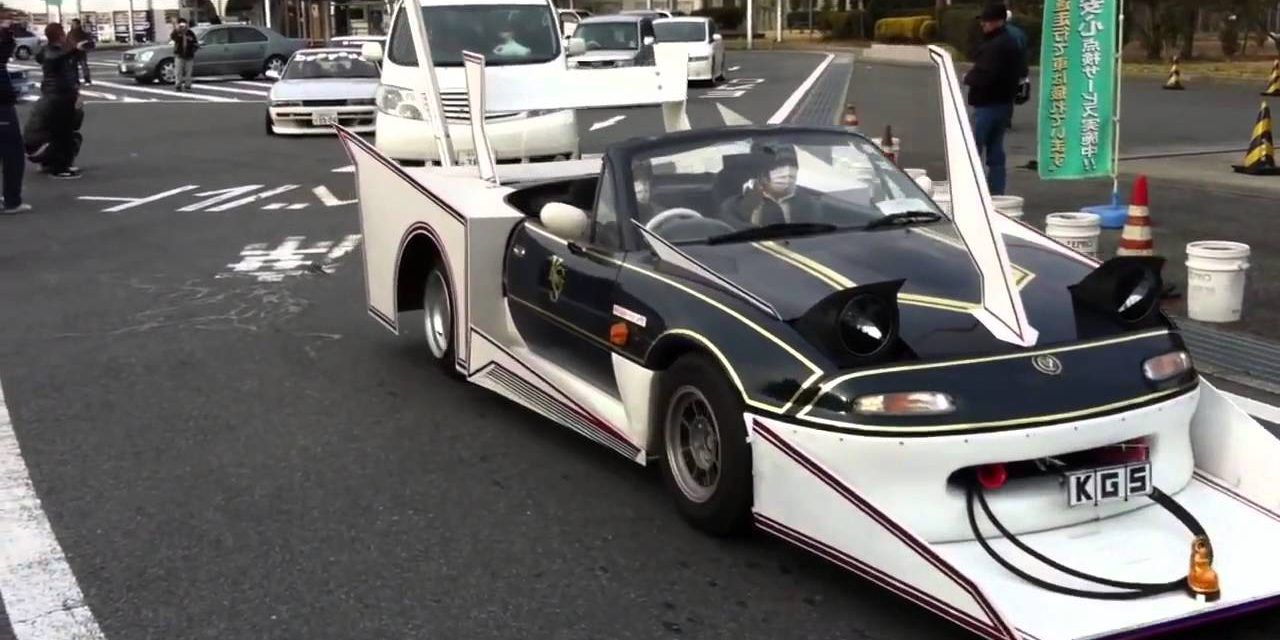From the Toyota 2000GT to today's Subaru STI supercars, Japanese automakers have been a driving force in automotive technology and design. Undoubtedly, the nation reached the industry's high point in the 1980s and '90s with brands like Honda, Nissan, Toyota, and Mazda all churning out affordable and reliable compact cars. In the late '90s, their higher-end counterparts in Lexus and Infiniti even cornered a large portion of the luxury market away from European brands with stately sedans and impeccable customer service.
The vast proliferation of Japanese cars makes aftermarket support for JDM parts easily accessed by anyone with a computer and a phone. Whether you want to soup up your Civic, lower your Impreza, or just keep your rotary-powered Mazda running at those sky-high RPMs, the ways and means are right at your fingertips. Style, power, handling, and comfort are all easy to improve, enhance, or even remove entirely.
The construction and the simplicity of Japanese cars additionally cause their owners to often sink into the classic car owners' conundrum—whether to buy better from the get-go or mod more in the meantime. Some owners even take to swapping JDM equipment into US and other foreign cars—so great is the popularity of Japanese parts.
Some mods turn out well, but some don't. Keep scrolling for 25 JDM (Japanese Domestic Market) modded cars that couldn't quite hit the mark.
25 Supra-Benz
Some maniac decided to swap a Supra engine into this 1974 Mercedes 240D. Now, remember, the Supra was a performance-oriented sports car featuring a legendary and highly tunable engine paired with a lightweight body that allowed for precise handling. The Mercedes 240D was a plodding diesel beast built like a tank with the handling of an aircraft carrier. But it sure was reliable, as shown by the vehicles' long lives and steady secondhand prices.
Making this modded Benz even more hilarious is the fact that the engine bay of the huge sedan still wasn't large enough to accommodate both turbos from the Supra, so there's only one instead.
Lowered and with a huge exhaust, the car now benefits from more than double its original power, but that can only be harnessed to push the heavy load in a straight line or, at most, in a gentle curve.
24 Lowrider Civic
Now, this Honda Civic is a highly modified Japanese vehicle, put on display for Toyo tires. It's hard not to notice the suicide doors and the rear spoiler, even though the dramatic lowering, body kit, and paint job try to hog all the attention. Closer inspection reveals a huge touchscreen and subwoofer integrated into the dash, what looks like a chrome steering wheel, and, oh yes, those huge wheels and super low profile tires.
The whole job must've been quite a project and clearly required high technical prowess and attention to detail, but now, the Civic is rendered almost undrivable. Hopefully, the front bumper pops on and off; otherwise, driving over the paint of a crosswalk might prove difficult, and with such a fancy exterior, it'd be a shame to see any scrapes and bruises in the work.
23 French-Fry Tips
Japanese bosozoku style is a unique art form that combines extensive technical know-how with an animated cartoon aesthetic to produce cars that are sure to draw the eye. The distinctive styling began with biker gangs in Tokyo who made illegal modifications, often in the form of loud exhaust and bright paint jobs. The gangs would form up on Japanese roads and drive exceedingly slowly just to mess with ordinary citizens.
The behavior makes more sense once the style transferred over to cars since the radically modified vehicles can barely clear a pebble on the road, and their massive fins and exhausts are probably fairly delicate and might snap off at any moment. Bosozoku style will go down as one of the weirdest niche car styles ever, but this french-fry-tipped exhaust might take the cake for most hilarious detail of it all.
22 Leopard Lambo
Bosozoku may have started in the '0s, but car culture in Japan has evolved mightily since then. Now a rich man's game, it's not unusual to see highly modified supercars on the streets of Tokyo—and they're not even all driven by Yakuza, probably.
In America, a Lamborghini with a leopard-print wrap might even be fairly common, at least in the San Fernando Valley. But it's still rare to see a supercar that's been modified in Bosozoku style like this one.
Just think of the interior structure necessary to keep that huge exhaust detail sticking up so high. It's not even strapped to the custom leopard-print fin either. Too bad because underneath all the style is a car that had style, to begin with, and also had enormous power and handling that now can't be enjoyed.
21 Bent Knees
This Honda Civic may look moderately modified at first glance, but then, the rear wheels come into focus. Sure it's got chrome rims, lowering springs paired with a body kit that's overall not too low, a carbon-fiber front lip, and some tinting, all of which is in line with fairly common first modifications for a would-be tuner. And more power to them, literally, as this Si could probably use all the help it can get.
But that hardcore negative camber at the rear ruins the build, putting the rear quarter panels and the fenders at risk, along with potentially causing curb rash on the chrome wheels without even dinging a curb. But hey, at least there's wind fairing protecting the windows and a minuscule leather bra, just to be safe.
20 Form Over Function
It takes courage to be that guy who shows up to a car meet in bright pink, and this Nissan Skyline rendered in bosozoku style surely deserves a second glance. Notice the obligatory oil cooler and its hoses hanging off the front, just above the eight-inch and all-pink front lip.
The headlights have even been covered in pink, as well. Wide rims and enormous fender flares set off the whole look.
Bosozoku isn't all about the looks, though, and this car's huge but not ridiculous wheels look primed for actual driving, with the rears not even sporting too much camber. Check out the rear fender, though. It's so big the rear doors on this late '60s - early '70s Skyline sedan are no longer functional. Maybe the style choice is a child-safety lock, or maybe the builder just wanted a more modern two-door, but somehow, this is how it ended up.
19 Because Racecar!
Aerodynamics are a major part of racecar technology. The use of diffusers, spoilers, air dams, front lips, and computer-perfected overall aerodynamic profiles has allowed speeds and traction only dreamed of by previous generations of car enthusiasts. And those benefits have translated onto city streets and highways as well.
This bosozoku fan took a classic racecar shape, maybe as drawn by a six-year-old, and decided to transform his Nissan with a more aerodynamic form.
Hilariously, though, his rear spoiler is narrow, while his exhaust sticks out of the hood like two straws in a malted milkshake that would certainly fly off if the car even made it up to 70 miles per hour. Luckily, and for a number of reasons, bosozoku enthusiasts keep things slow.
18 Hold On Tight
This 1977 Celica looks to be the recipient of a tasteful resto-mod, with some rally-style wheels, a matte paint job, and bolt on fender flares. But take a step closer and two details pop out, the first being the oil cooler strapped to the front bumper and the second being the strange hoop hanging off the rear.
Both of these styling cues come from Japan and can be viewed as modern references to bosozoku culture without a completely over-the-top aesthetic. The hoop on the rear is a particular favorite; in reality, it should be a train or bus ring that hangs from the ceiling for passengers to grab on to. Aftermarket-parts manufacturers will sell these, but true aficionados know the difference between one that's purchased and one that's been stolen from public transportation. Guessing by this one, it was bought online in tribute. Too bad.
17 Cardboard Car
This car is impossible to recognize and is perhaps the complete opposite of the bosozoku-style Lamborghini above. Though it does share the french-fry-style exhaust, they stick out of the hood where a blower might emerge on an American muscle car. The rest of the body is square cut and stiff enough that it could possibly be cardboard. Still, the group in the car seems to be having a blast, perhaps thanks to the speakers poking out above the gold-lined convertible cover. Hard to say whether that convertible top ever goes up and down, something that's very crucial in the unpredictable Japanese climate. Even the wheels look bought from a second-hand shop, while the tires could possibly be solid rubber. Overall, a cheap attempt at bosozoku ends up looking like a cheap attempt at bosozoku.
16 Dat Datsun
Now, this Datsun is a more realistic modern attempt at bosozoku. The project added absurd wheel flares, a body kit that appears to be actually throwing up sparks, huge camber on the wheels, brilliant neon lighting for both the interior and the exterior, and, of course, an enormous spoiler. Too bad we're missing the extreme exhaust that's so standard on builds like this. Retaining the manufacturer and model in the script is a nice touch, allowing the audience to comprehend exactly what kind of classic JDM car was ruined to create this behemoth. This Datsun-derived cruiser would sure fit in nicely driving slowly on the highway—just try not to admit to anyone that that's as fast as it goes or that the spoiler might seem a little bit unnecessary.
15 Mama Miya
This impressive build-up of a Mazda Chantez reveals the attention to detail of its builder, tuning company RE Amemiya. Now called the "Amemiya Super Chantez 13B NA," the car features a rotary engine (the Chantez didn't come with rotary power) and a fully custom body kit allowing for wider wheels and the swap-in of what's essentially an entire RX-7 drivetrain. The little Kei car is now good for a reported 276 hp.
Of course, such a dedicated build—look at the vents in the flares!—always begs the question of why the owner spent so much time working on a car so small. It would be a miracle if his one passenger—if one will even fit—can hear any conversation over the road noise and the wail of that little rotary. The lip and rear spoilers must be necessary to keep such little weight planted to the tarmac.
14 Taco Swap
This Toyota Tacoma has been the recipient of an ill-advised 7M-GTE engine swapped out of a late '80s or early '90s Toyota Supra. The engine also featured in the Toyota Soarer, which was a high-entry, luxury JDM coupe that preceded the Lexus SC model range that did ship to America.
With 232 horsepower and 240 ft-lbs of torque, the concept of the swap sounds good.
That is, until you realize that the whole point of owning a Toyota Tacoma is the infinite reliability of the utilitarian pickup combined with the low maintenance costs that come with a simple, naturally aspirated engine. Instead, this Taco now has an intercooler sharing space with the radiator behind the front grille, plus a turbo that can't even come close to being called reliable—all with less space to work when the inevitable breakdown occurs.
13 JDM Muscle?
This poor old stallion has been saddled with a JDM 2JZ-GTE engine out of—yep you guessed it—a Toyota Supra. With twin turbos compressing air for the iron-block inline six, power output for the 2JZ can become pretty impressive, well north of 400 horsepower. But that's the hilarious part of this build because even the original engine in this Mustang had enough power to burn out the rear wheels and give the suspension and chassis all kinds of trouble. That's why in modern times, any real-performance Mustang has had its entire setup reworked, even just to handle the American V8 under the hood, much less provide anything near to a contemporarily competitive handling experience. And there's just something that seems wrong about a Mustang without a V8, even on a 2017 GT350R.
12 Mazda-Ghia
Karmann-Ghia's came from the factory, sharing much of its underpinnings with fellow VW factory mate, the original Beetle. Their styling, though perhaps not quite as distinctive and renowned as the Bug, was in a world of their own as well. Rear-engined and rear-wheel drive, lightweight, and easily tinkered with, both models proved vastly popular in the automotive world then and remain so today.
This Karmann-Ghia, however, has had its flat-four subbed out in favor of a Mazda rotary, as delineated by the license plate, which references the German-born inventor of the rotary engine, Felix Wankel. But while situating a Wankel into the ample trunk space of the Karmann-Ghia would be a relatively easy fit and certainly would boost power, the rest of the build is a shame. All of a sudden, the litheness of the original car's design is out the window; now, it looks short and squat with fat tires and wheels.
11 2Benz-GTE
At least the Karmann-Ghia mostly retained a German-invented engine in the German-built car. This 1991 Mercedes 500SL, however, now has a Japanese engine under its hood, the machine, once again, the legendary 2JZ-GTE. And don't misinterpret all these analyses—the 2JZ-GTE is a wonderful engine, a breakthrough piece of technology in the history of automobiles as evidenced by its popularity in track cars, road racers, and modded customs to this day. But once again, why sub the twin-turbo beast into a Mercedes that easily weighed over 4,000 pounds before the complex engine was installed? Put it in something light, with a long hood, and boost that power-to-weight ratio so the car can perform. Don't swap it into a luxury tourer that already has too much beef.
10 BMWankel
BMW describes their cars as the ultimate driving machines, and the continued popularity of their 3-series line over the decades has been in large part thanks to the classic performance of their inline-six engines. It seemed like heresy when BMW switched to turbos and almost sacrilegious when the M3 came out with a V8 powering it.
There's just something unique about the roar of the inline six and its low-end output.
So, the brand's history is what makes this E30 custom a sad sight indeed. Painting the engine compartment gold to highlight how empty it is almost makes the swapping in of a rotary engine seem like a cruel joke. Rather than classic roar and prodigious torque, now, this 325is has a high-pitched whine at super high RPM's. And while BMW's may not get the best MPGs on the market, rotary engines get even worse.
9 Beetle With Rotary Juice
Is it a golf cart? Is it an RC car? No, it's an Mk1 Golf body placed onto a VW Beetle chassis, which has then had a Mazda twin-rotor 13B engine swapped in. Sounds like a ton of work for a car that now rides so low, it barely looks to be riding at all. Now, that's not to say the conceptualization of this custom was a bad idea.
A Mazda rotary engine is a major piece of auto history, as is the VW Bug and the VW Golf.
But combining the three elements together seems unnecessary. Maybe swap the rotary engine into a Baja Bug and keep its accented fenders and that huge rear exhaust pipe swinging out the back. Light weight, suspension travel, and a high-revving engine could make for a fun drive.
8 Squashed Miata
Mazda's Miata model has always been a quick and nimble, front-engined, rear-wheel-drive sports car that boasts respectable performance in line with its affordable price tag. Good luck getting this bosozoku Miata around any canyon corners, though. The whole car's overall length looks just about doubled, with a dorsal fin on the front hood that lines up with the Tron-inspired paint job. This guy seems to have taken the oil cooler lines to the next step by just looping them out resting on his extended front lip, which ends up resembling a tractor's scoop more than a racecar's feature. The rear wheels, apparently shrouded in foam core fenders, don't match the fronts, and the signature Miata pop up headlights have blinders on them. Suffice to say, it's not hard to guess why the driver's got his mask on—the whole thing is just embarrassing.
7 STI Dunno
No discussion of JDM modifications can be considered complete without the presence of the ubiquitous Subaru WRX STI. From lowering to lifting, rallying to road racing, stylish to absurd, the aftermarket availability for the STI can meet the needs of any and all potential visions. And most STI owners do end up sucked down the money pit, but most do it (at least) somewhat well. Or at least try to maintain the original spirit of the car.
This 2002 STI, though, has lost that spirit entirely. Lowered to such an extent the rear rolled fenders are actually bent, with ridiculous camber, plus a huge carbon-fiber wing and diffuser setup and painted in bright pink and orange, the car is far from the classic 555 Impreza that stopped the world dead back in the '90s. Just another STI down the drain—such a shame for such a sought-after car.
6 Godzillexus
The second-generation Lexus SC represented a change of direction for Toyota. Where the Japanese brand's focus previously had been on simplicity and reliability, they now churned out a luxury tourer for the international market in the form of a V8-powered coupe. The car was a big success, and you'll see them all around you on the roads if you start looking.
You probably won't ever see one like this, though. This SC has been lifted egregiously onto what looks to be a fully customized frame and monster wheels. With the front and rear bumpers removed, it seems like the whole body may be able to go up and down, maybe just so it can fit in covered parking garages. If you're asking yourself why anyone would do such a thing, you're not alone.


